AMONG THE MOST FUNCTIONAL EXERCISES
Unquestionably, squats are among the most basic and functional motions; we perform squats every single time we need to sit or stand up. Understanding the squats mechanics can be highly beneficial to avoid injuries.
PARTS AND PIECES
THE BONE STRUCTURE
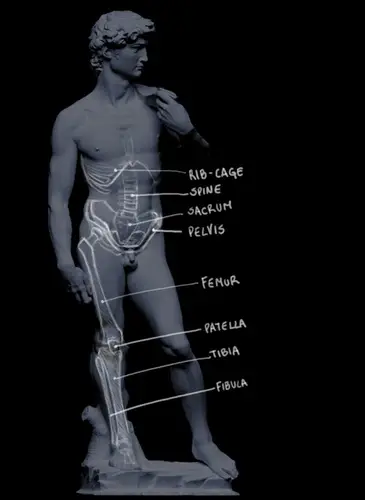
The structure of the bones plays a pivotal role in how we move, and the squats are no exception. Therefore, we must consider the spine’s flexibility, the rigidness and shape of the pelvis, the long leverage provided by the femur, and the disposition of the tibia and fibula, to perform a squat correctly and avoid injuries.
THE MUSCLES
The body utilizes many muscles in the squatting motion; it’s important to note the three ways a muscle can work.
ISOMETRICALLY: although the muscle keeps the tension, it doesn’t change its length, working as a stabilizer.
CONCENTRICALLY: The muscle shortens its length, reducing the distance between the two bones it connects.
EXCENTRICALLY: The muscle stretches to allow the action of its antagonist counterpart.
MUSCLES WORKING ISOMETRICALLY
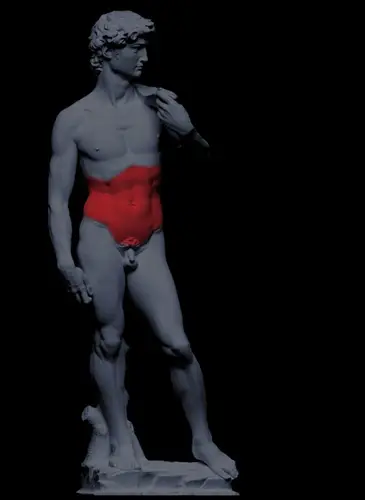
The core muscles (area between the rib cage and the pelvis) work isometrically to keep the spine from shifting position, reducing the chance of injuries.
During a properly executed squat, the distance between every point of the pelvis and every point of the rib cage must remain identical.
NOTE: These muscles perform a different function when working concentrically or eccentrically.
DIFFERENT AREAS INVOLVED
THE CORE
In properly executed squats, the lower back should remain at its natural curvature during the entire motion, which means that the pelvis shouldn’t tilt forward during the action; therefore, all the muscles responsible for the stability of the core must work isometrically to accomplish their goal.

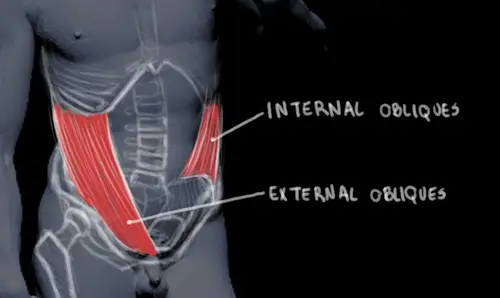
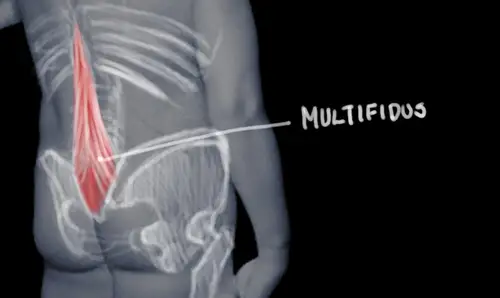
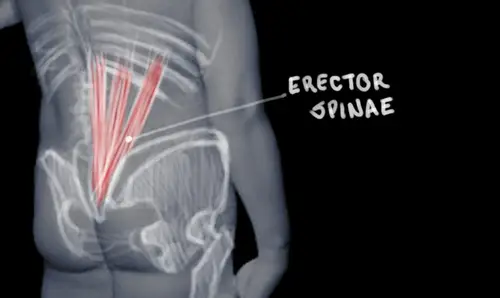
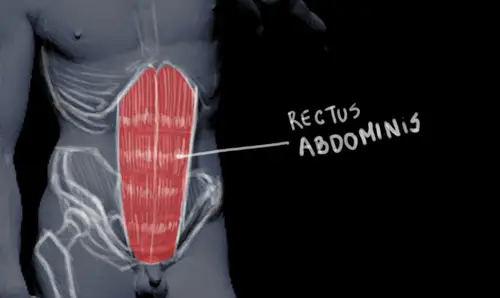
THE MOVING PARTS
The muscles around the pelvis/femur, knee, and ankle operate concentrically or eccentrically, depending on the phase of the motion.
KNEES AND ANKLES
The joints of the knee and ankle are designed to bend aligned with each other. Although both joints can deviate slightly from that line, squatting without aligning them is never recommended since it will create uneven tension in the tendons and ligaments intended to stabilize them, increasing the possibility of injuries.
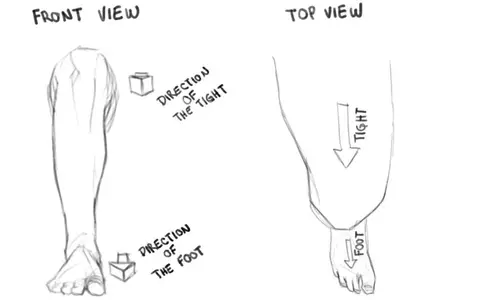
WHY DO PEOPLE SQUAT DIFFERENTLY?
We all perform squats slightly differently due to the main reason that we are, in fact, all built differently. Different weight distribution, longer legs, longer torso, slight differences in bone shapes, etc., force us to adjust the position to perform the squats without losing balance while keeping a stiff torso. But, there is a “range” in which most people will move, making it easier to evaluate the technique whenever we perform the exercise.
CONTRAINDICATIONS
Just as with any other exercise, squats are not an exercise for everyone; some people may present some limitations in the movement of the hip, knee, or ankle, for which squats would do more harm than good. For those cases, working on the range of motion and stabilization of the joint is imperative before performing proper squats.
